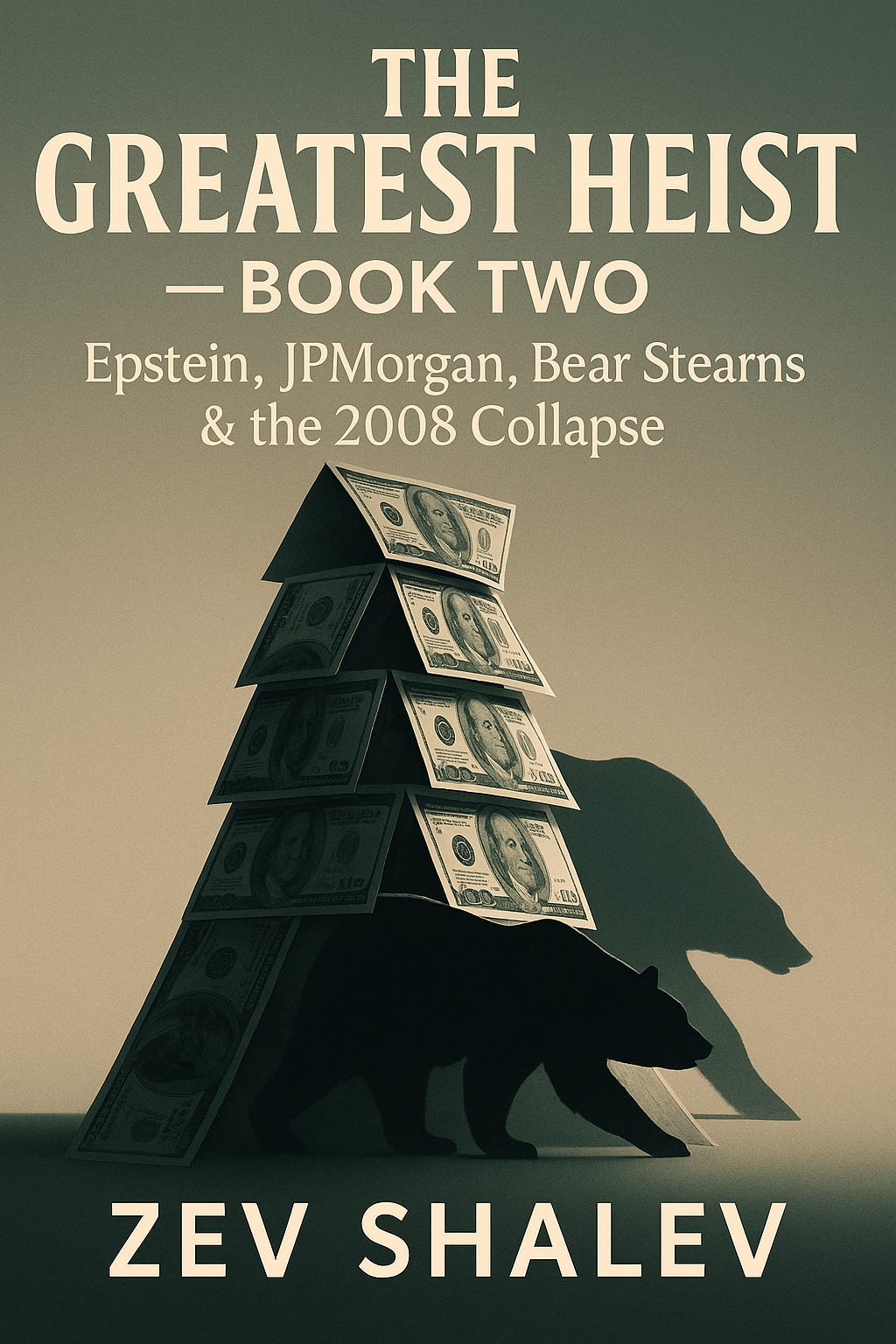The Inside Story of 2008: How They Did It
The Greatest Heist II | Prologue | The Stakes
By the time the market opened on Monday, September 15, 2008, it was already too late. Lehman Brothers—159 years old, legendary, untouchable—was dead. $639 billion in assets. Gone by morning.
The Dow drops 504 points by noon. Credit locks up. The banks stop trusting each other. The commercial paper market—the overnight loans that banks use—seizes. Liquidity isn’t low. It’s frozen.
Seven weeks to Election Day. Barack Obama is running for president talking about healthcare and middle-class tax cuts, and John McCain wants to keep things as they are even as the system collapses around him. It’s like trying to sell gasoline in the middle of a fire.
It wasn’t supposed to happen. This was supposed to be Bush’s problem. Now it’s everyone’s problem—but not his.
Thursday, September 18.
Fed Chair Ben Bernanke tells congressional leaders in a closed-door session: “If we don’t do this, we may not have an economy on Monday.” This was a $700 billion bailout. The economy is collapsing in plain sight. Washington is flying blind.
Savings evaporate, jobs disappear, homes foreclosed. And no one is stopping it.
We know the result. Economic devastation. Bailouts flood the system. Unemployment spikes. The American public gets gut-punched.
Rick Santelli is ranting on CNBC screaming that it’s our fault. That we were too greedy. That we should’ve read the fine print. That’s funny. Because he gets to go home to his family tonight. But my house is gone. And he’s catching a limo back to Midtown.
They’re calling it a liquidity crisis. But no one is talking about why. Sure the bubble burst. But who burst it? Who held the pin?
Subscribe to read the inside story of how the 2008 crisis was executed—and who walked away protected. Paid subscribers scroll down for more




